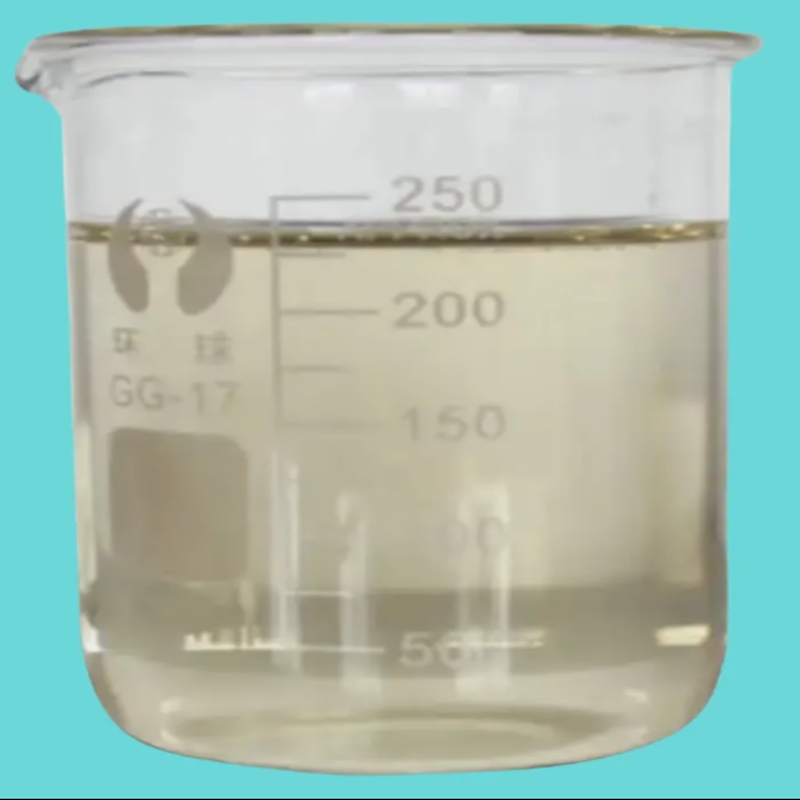-
Categories
-
Pharmaceutical Intermediates
-
Active Pharmaceutical Ingredients
-
Food Additives
- Industrial Coatings
- Agrochemicals
- Dyes and Pigments
- Surfactant
- Flavors and Fragrances
- Chemical Reagents
- Catalyst and Auxiliary
- Natural Products
- Inorganic Chemistry
-
Organic Chemistry
-
Biochemical Engineering
- Analytical Chemistry
-
Cosmetic Ingredient
- Water Treatment Chemical
-
Pharmaceutical Intermediates
Promotion
ECHEMI Mall
Wholesale
Weekly Price
Exhibition
News
-
Trade Service
The research team found that the lignin polyurethane foam they prepared could reach a surface temperature of 90°C after being exposed to a single sunlight (radiation power of 1,000 watts per square meter), and could achieve a crude oil recovery of more than 6 times its own mass within 6 minutes
A large area of oil pollution covers the sea surface, and a large number of marine organisms are trapped in it and die due to lack of oxygen.
In response to the leakage accident, the crude oil adsorption foam currently used internationally is mostly from petrochemical resources and is not degradable, which is not in line with the concept of green environmental protection
Recently, researchers Jing Chen and Jin Zhu from the bio-based polymer materials team of Ningbo Institute of Materials Technology and Engineering, Chinese Academy of Sciences, in cooperation with the team of Professor Ning Yan from the University of Toronto, Canada, have designed and developed a type of lignin-based polyurethane foam that can be used to treat marine oil pollution.
Lignin adsorption oil spill is more environmentally friendly
Lignin adsorption oil spill is more environmentally friendlyIn natural plants, lignin is the second largest natural organic polymer after cellulose
"Most of the current oil-absorbing materials are based on porous materials such as foam and aerogel
Is it possible to make use of lignin, which is generally wasted, to improve the environmental friendliness of polyurethane materials? In the second half of 2019, the research team started research and development, hoping to reduce the cost of polyurethane materials and make them degrade by introducing lignin
Initially, the research team used a one-step method to prepare carbon nanotube composite lignin-based polyurethane crude oil adsorption foam for efficient crude oil recovery
"The so-called one-step method is to mix the prepared polyol with isocyanate, stir quickly, pour it into the mold, and generate polyurethane foam in one step without maintaining environmental conditions
Crude oil has a high viscosity at room temperature, similar to a solid, but its viscosity decreases significantly at higher temperatures, which helps to increase the foam absorption rate
"By squeezing this foam, the oil stains it absorbs can be recycled and reused
By cooperating with researcher Huang Qing from Ningbo Institute of Materials Science, Chinese Academy of Sciences, the research team replaced carbon nanotubes and introduced MXenes nanosheets with better degradability and better photothermal conversion ability into the foam matrix
It is understood that MXenes nanosheets can be degraded into non-polluting titanium dioxide and other substances in a hot oxygen environment, improving the environmental friendliness of polyurethane foams
The new material is suitable for a variety of working conditions
The new material is suitable for a variety of working conditionsSince some special-purpose toxic oil-phase effluents cannot be accessed by handlers, materials that can be precisely oriented for oil adsorption are required
"Introducing ferric oxide nanoparticles into the foam can make the foam as a whole have certain magnetic and photothermal properties, and the surface modification of silane makes it superhydrophobic
The research team found through experiments that under a single sunlight, the maximum surface temperature of the superhydrophobic magnetic lignin-based polyurethane foam can reach 66.
In addition to responding to marine crude oil spills, lignin-based polyurethane foam can also be used as antibacterial dressings, filter materials, thermal insulation materials, sound insulation and wave absorption materials,
etc.
At present, the research team has cooperated with enterprises to take the lead in using lignin-based polyurethane foam in automotive interiors
.
"The extensive use of lignin makes the production cost of this type of foam very low (about 30% lower than that of commercial polyurethane foam), and its environmental protection advantages are quite prominent
.
Next, the team will try to improve the oil absorption rate of this type of foam material
.
Chen Jing said that this research not only found an outlet for the application of lignin-based polyurethane foam, but also provided a way of thinking for the application of bio-based polymer materials in the future
.







